
Television in Camagüey, cameras for a historical landmark
The arrival of television in the life of the people of Camagüey meant a milestone of modernity compared to the advances in telephony, radio, cinema and other communication devices that
Home » Archives for Bárbara Oliva García

The arrival of television in the life of the people of Camagüey meant a milestone of modernity compared to the advances in telephony, radio, cinema and other communication devices that
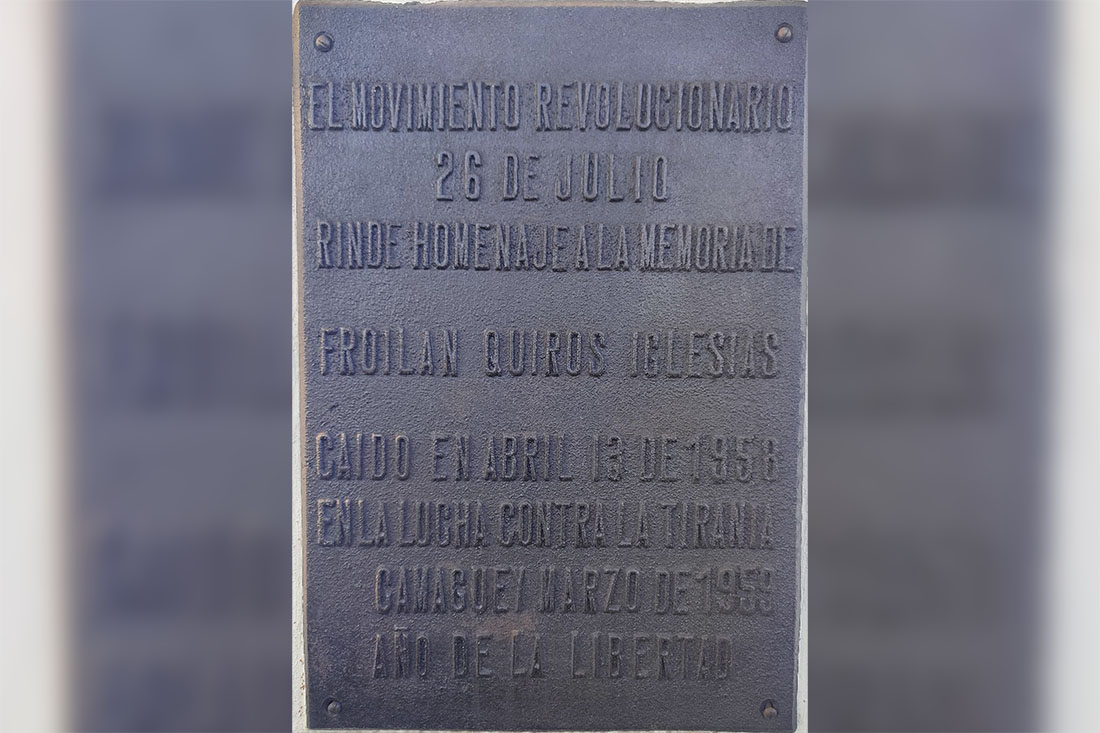
The strike of April 9th in Camagüey constitutes a historical fact that deserves further study to date. The failure of the same for dissimilar reasons led inexorably to an unlimited

What is known about the author of La Revolución de Yara, one of the most important works in the historiography of the campaign of the Ten Years’ War? Inquiries about
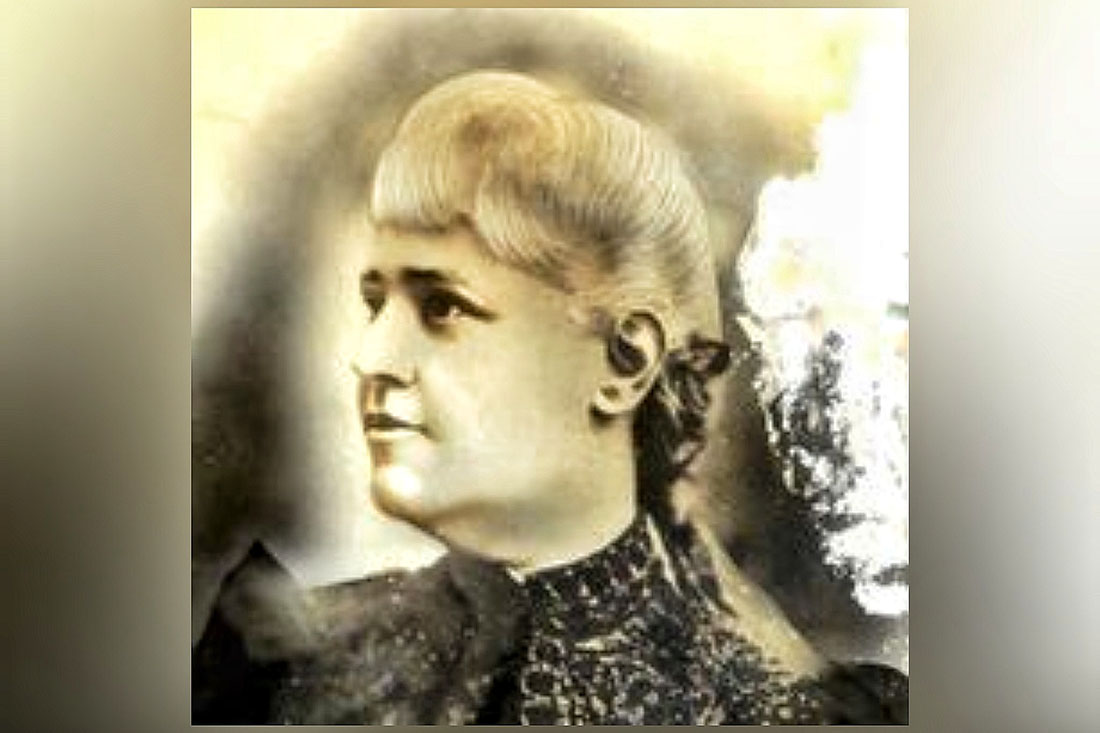
Aurelia Castillo was born on January 27th, 1842. Her family, of great social prestige in her hometown, educated her with the most liberal thought for women. She got married to
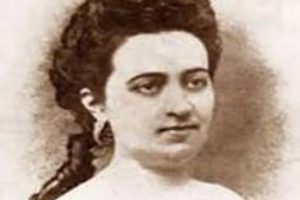
There are traces that not even her physical disappearance can erase. The merits, the stories and the anecdotes transcend from generation to generation; and in each one, there is the

If you ask about Manuel de Jesús Valdés Urra, among lovers of Homeland History -especially of the independence wars- some will remain pensive, like those who search their memory for
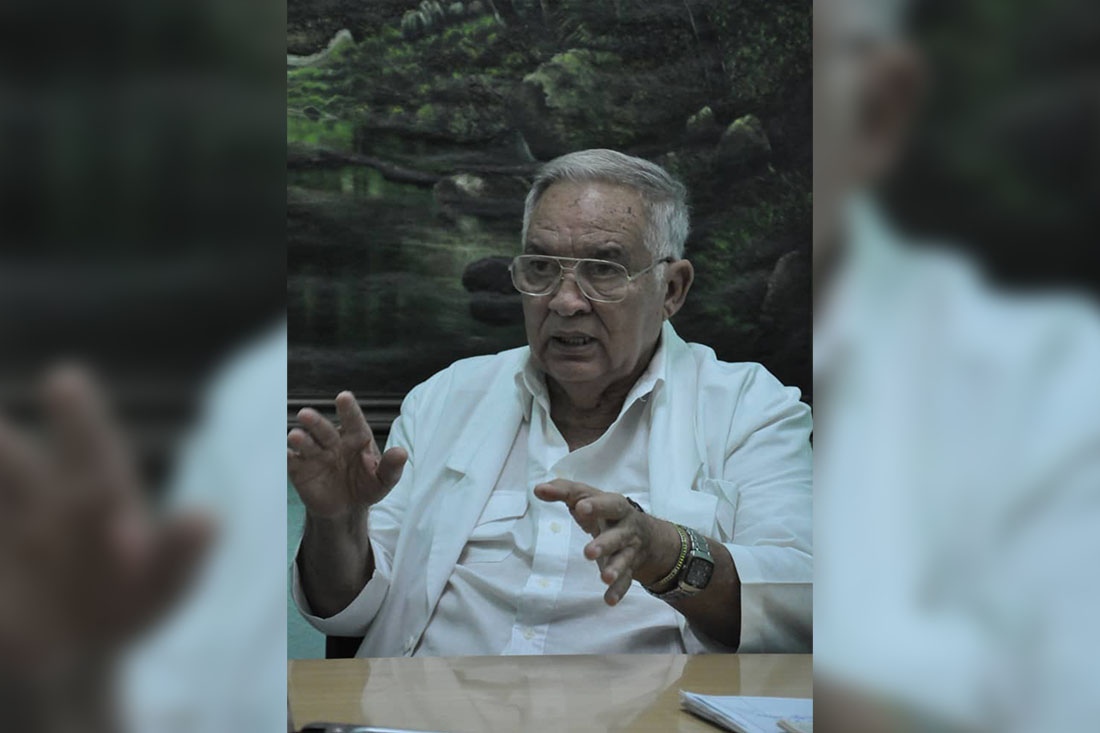
The Day of Latin American Medicine was ratified at the XIV International Congress of Medicine held in Rome in 1954. Its origin is a recognition of the work of the
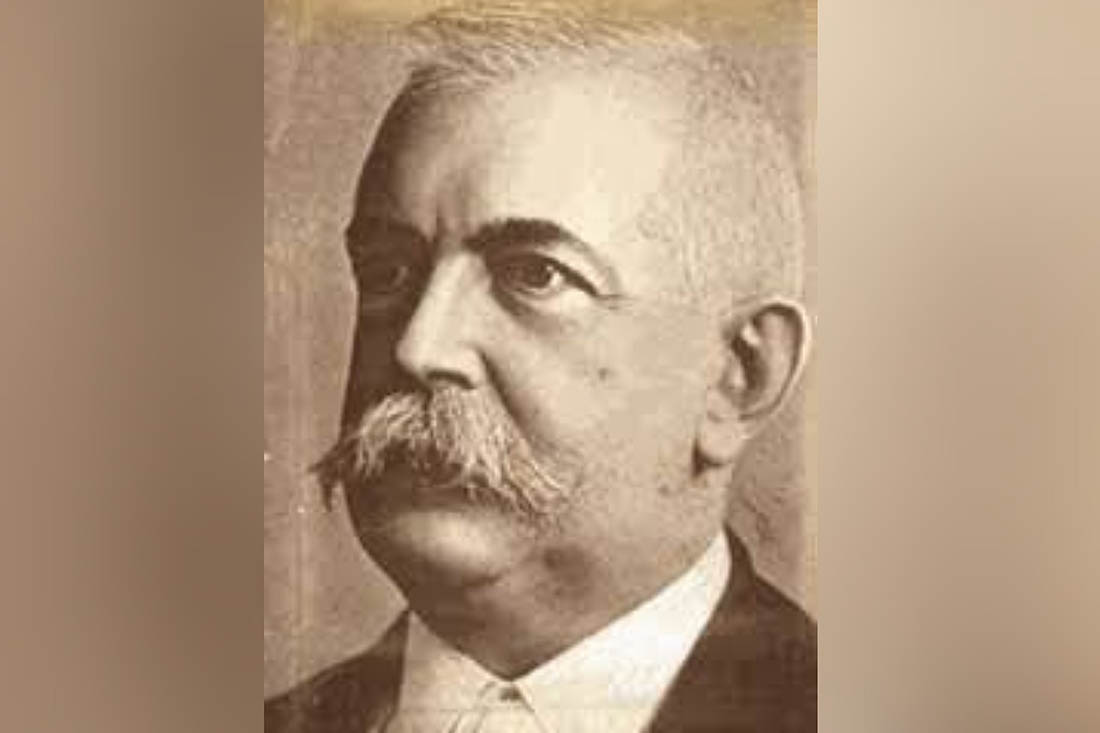
Enrique José Varona is one of the most important Cuban intellectuals. His incorporation and brief participation in the Great War, as a Deputy before the Spanish Courts, his links to

In ancient history, the use of the shield played an essential role. In the old continent it was used fundamentally to distinguish the lineage of numerous families, from the nobility
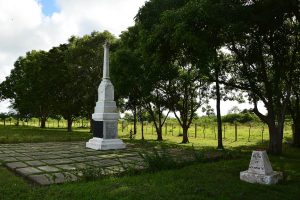
The uprising of Las Clavellinas marked the beginning of the militarily organized entry of Camagüey into the Ten Years’ War of Independence, an action that constituted a transcendental bastion for

Eduardo Agramonte Piña, a patriot from Camagüey with an uncompromising pro-independence stance, participated in various combative actions. He is the author of the bugle calls “Diana mambisa” and “A Degüello”,
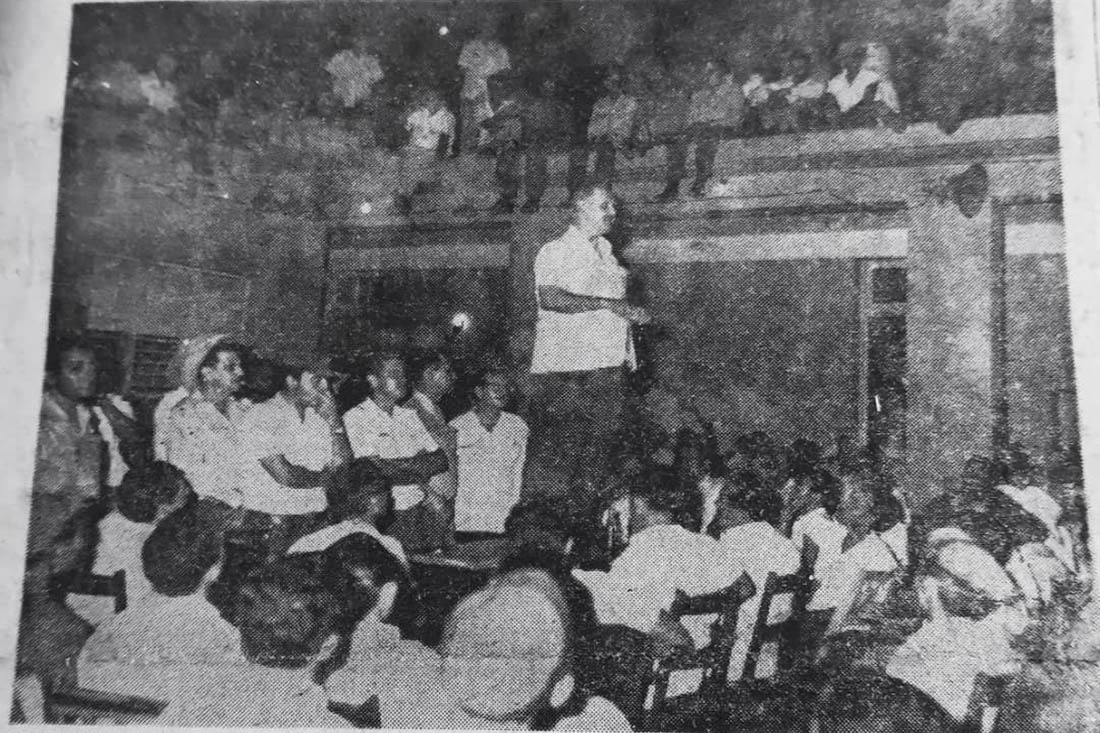
The revolutionary victory led to the application of various actions to comply with the problems set forth in Fidel Castro’s historic claim of self-defense during the trials for the Assault

Signed on September 16th, 1895 in the fields of Jimaguayú, as a tribute to the patriot Ignacio Agramonte, this constitution established the Government Council as the supreme authority of the
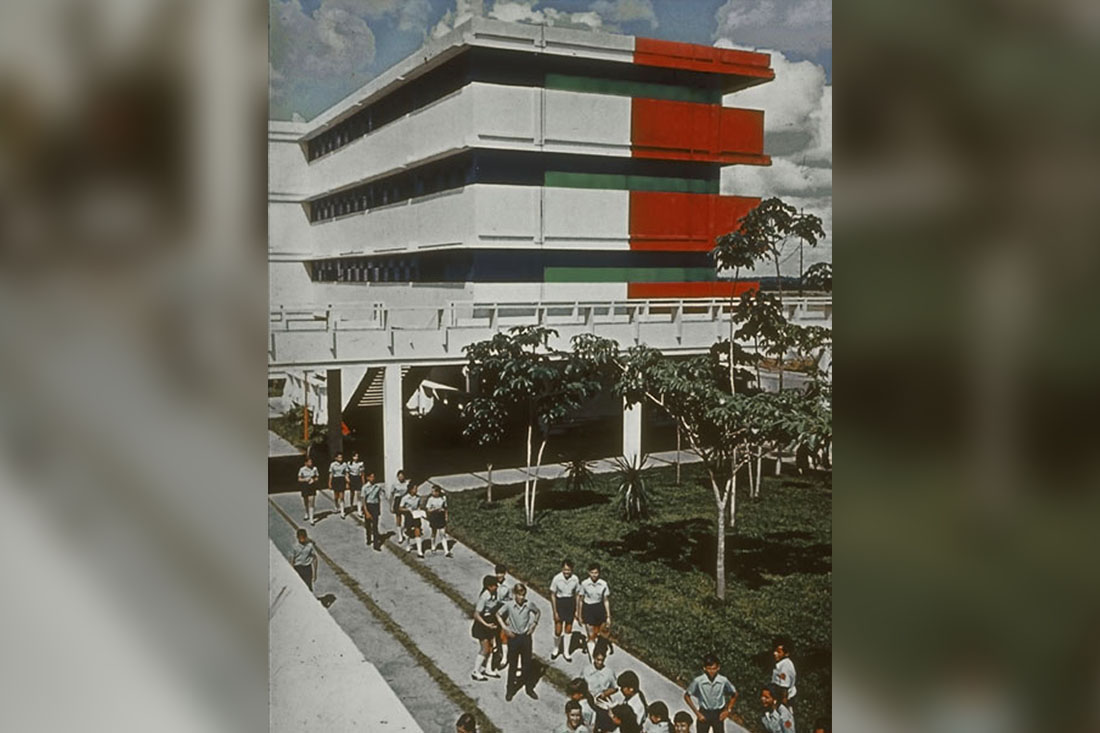
Camagüey had many distinguished schools that have marked the presence of teachers, students or the architectural space where these schools were built, some still retain their educational functions, others, unfortunately,
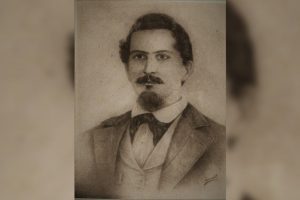
Joaquín Agüero Agüero, belonged to one of the most important families in Camagüey, with solid parental relationships that distinguished them from the first anti-colonial manifestations. The historian Elda Cento Gómez

The death of a person is always an opportunity to remember her life, and if she is one of the most notable female writers in Camagüey, the cradle of Cuban
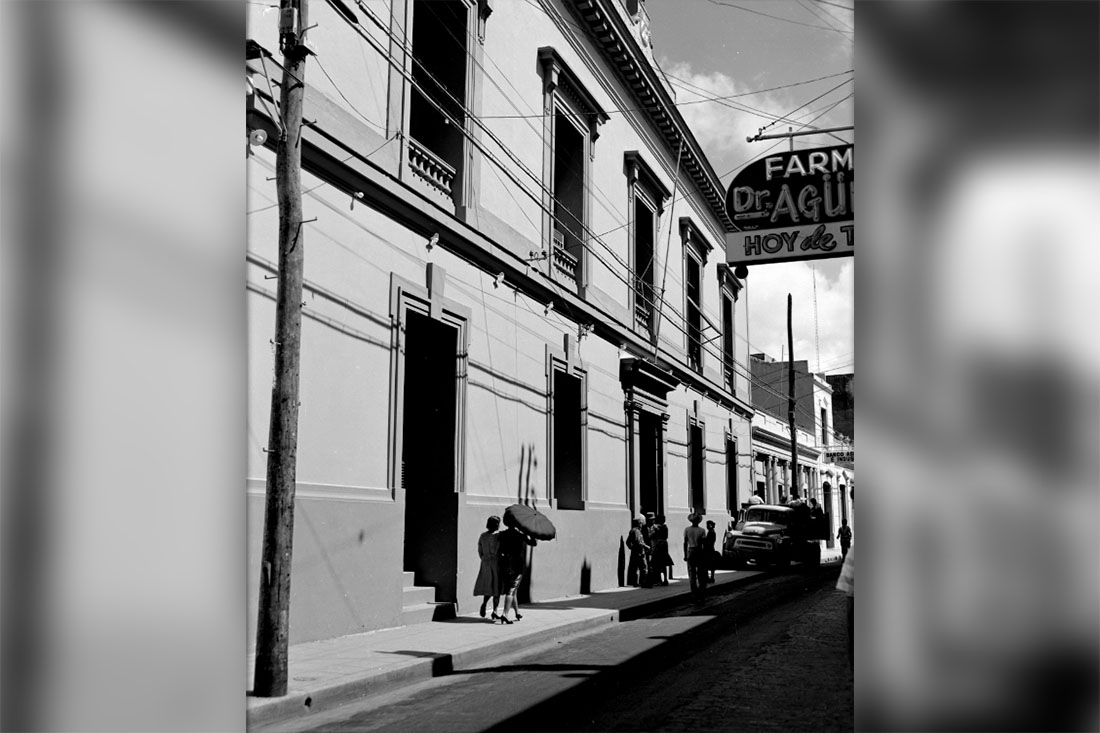
If you visit the Interpretation Center of the Heritage City, or as the inhabitants of the terroir commonly call it, the Model of the city, you will inquire between astonishment
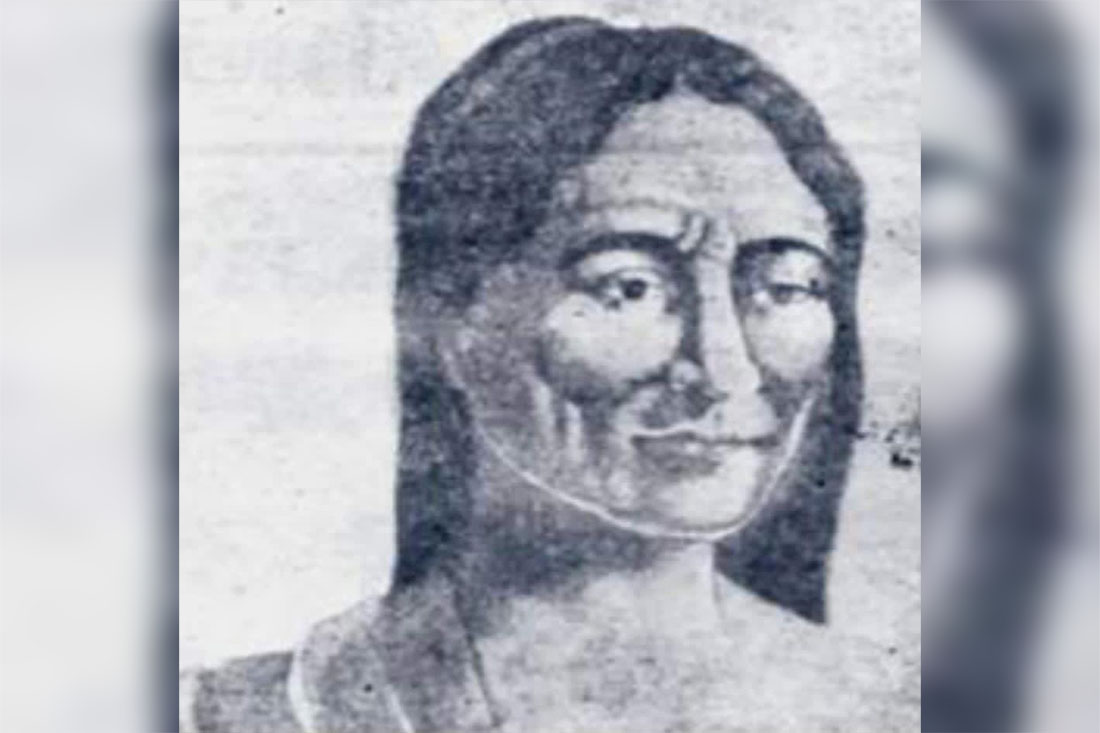
Legend has it that, in 1800, a character from Puerto Príncipe spread panic in the former town of more than 336,777 inhabitants, the individual whose name was never known, was
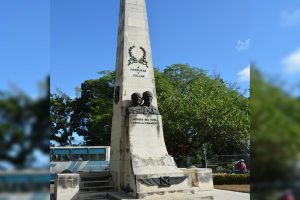
The pride of the people of Camagüey forces the telling of stories and legends that sometimes unusual, others very witty and sometimes with a halo of mystery, can collude to
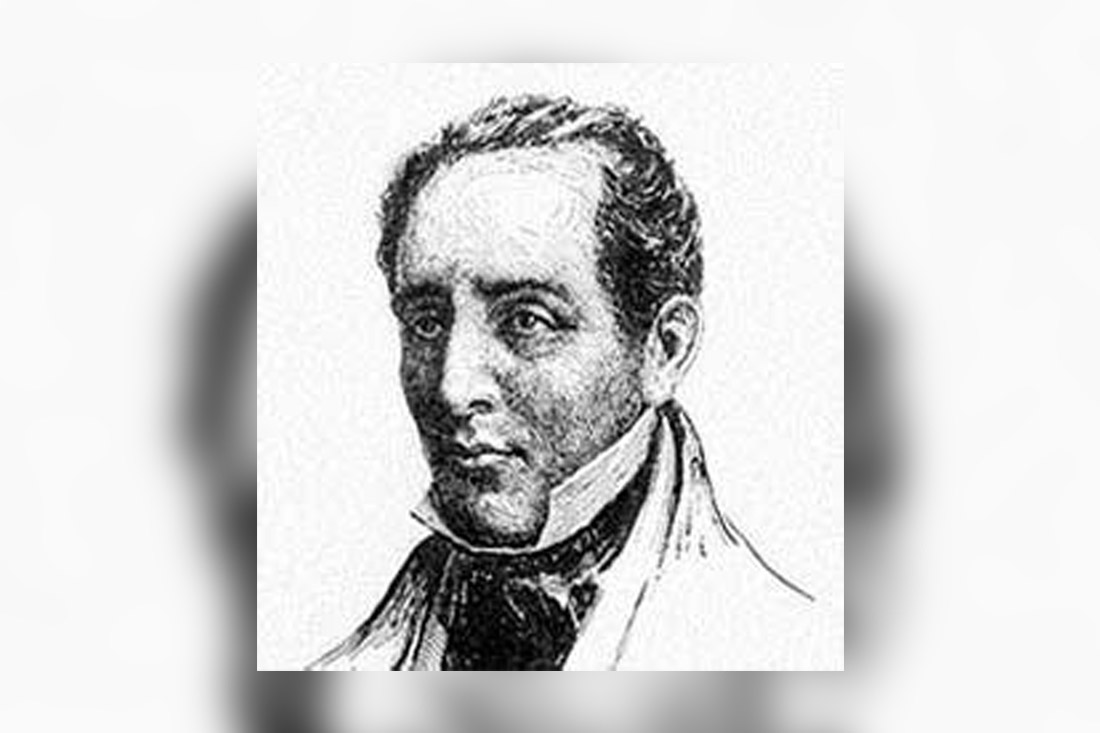
I Francisco Agüero and Duque Estrada, El Solitario, a well-known poet from Camagüey, who had several descendants, including Esteban, Brígida, Concha, Ángela and Francisco, who also stood out in the

When I passed through the solemn building of the Julio Antonio Mella Provincial Library in my childhood, I was always fascinated by the majesty of the staircase, lamps, the spacious
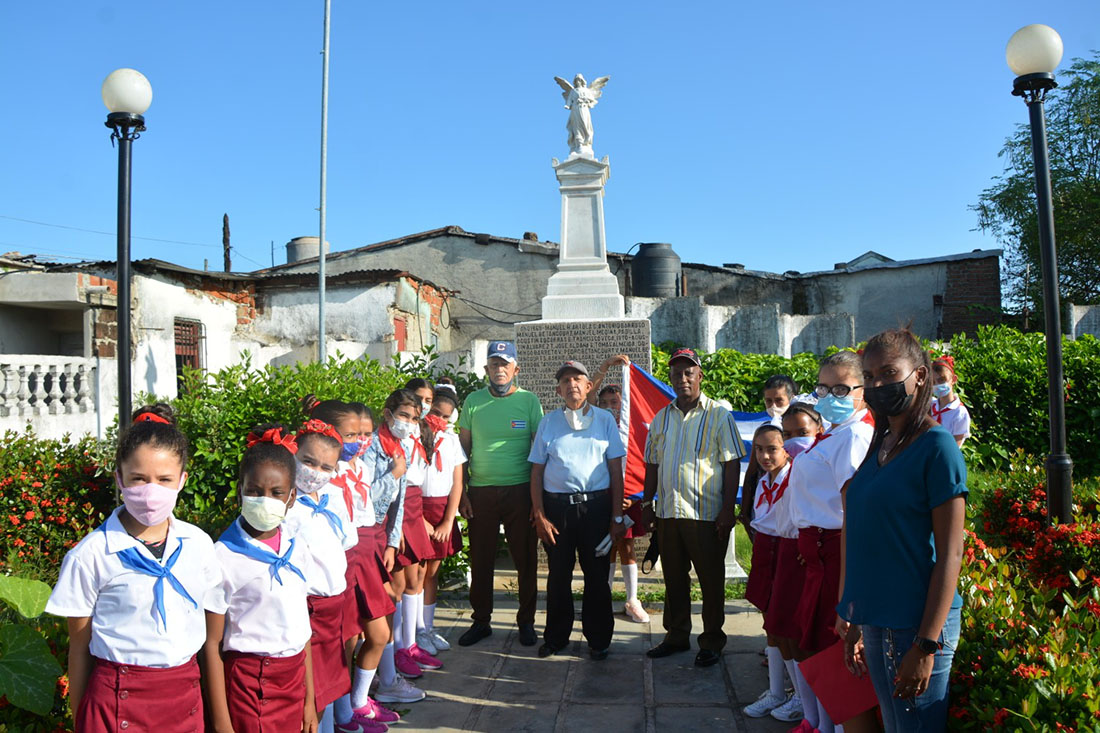
If you are a regular passerby or an observant traveler, when passing through Finlay Avenue, you will wonder to whom the monument located near the railway line, made of marble

José Martí in the article of April 10th, 1892 published in the newspaper Patria, said about Guáimaro “The peoples, like men, have hours of heroic virtue…” words that contained his
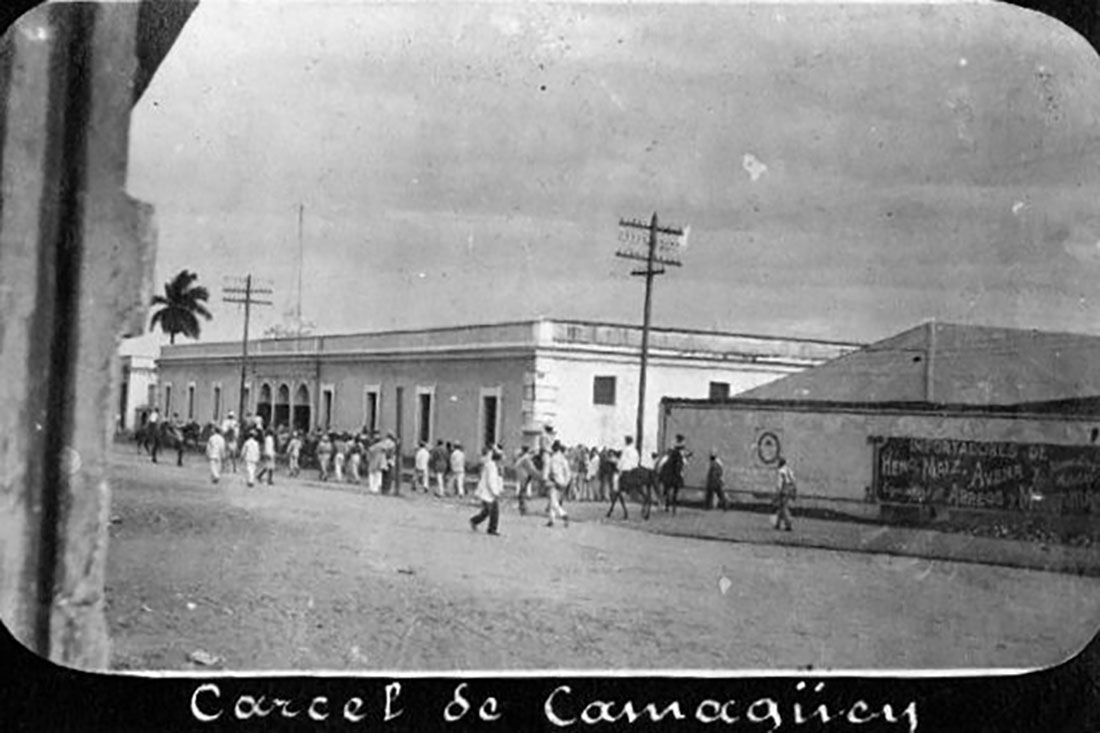
When you visit a city, you enjoy walks through museums, parks, churches, etc., you are amazed at the charm of the domestic, religious, military and social repertoire – from the
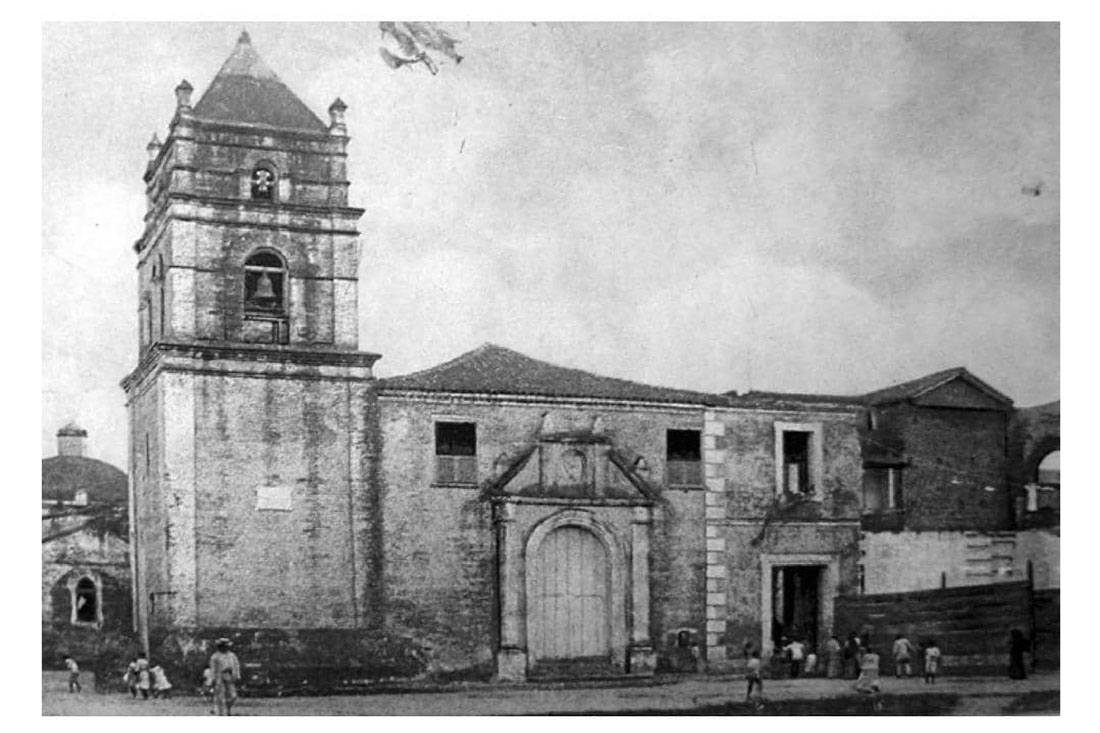
If you visit Camagüey for the first time, I recommend that you do not miss the José Martí Park, its surroundings, recognized as one of the founding spaces of the
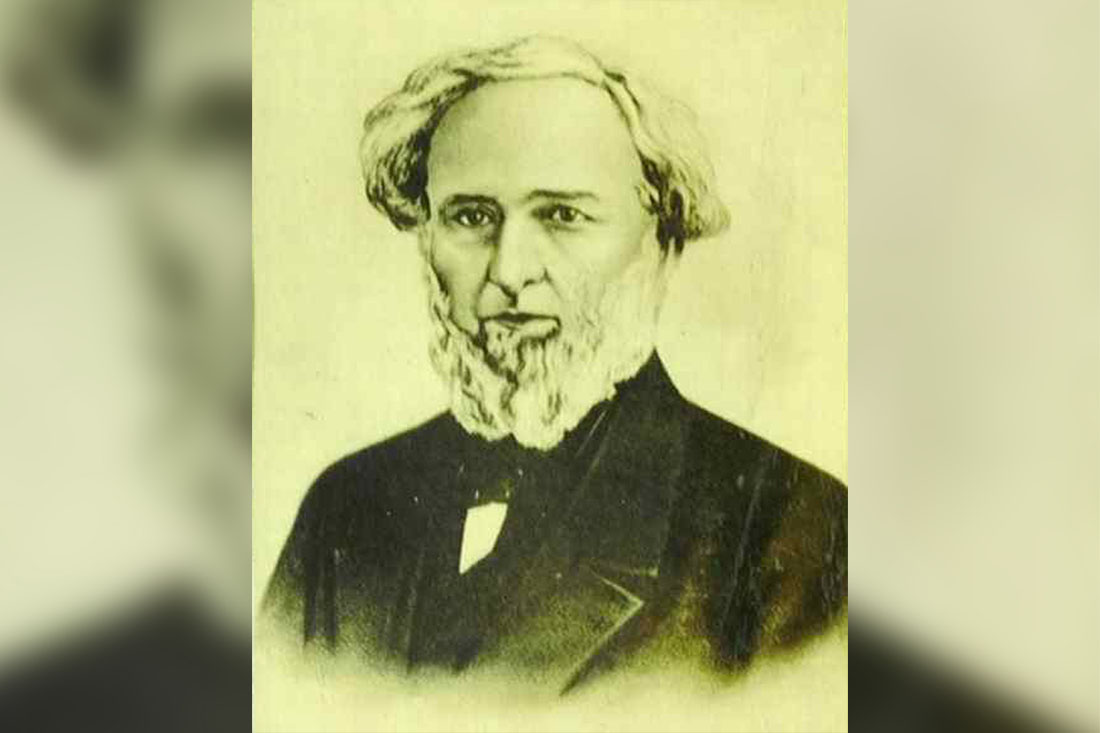
I don’t think there is a local personality in Camagüey so identified by his nickname as Gaspar Betancourt Cisneros, whom everyone recognizes as El Lugareño, which in his own words
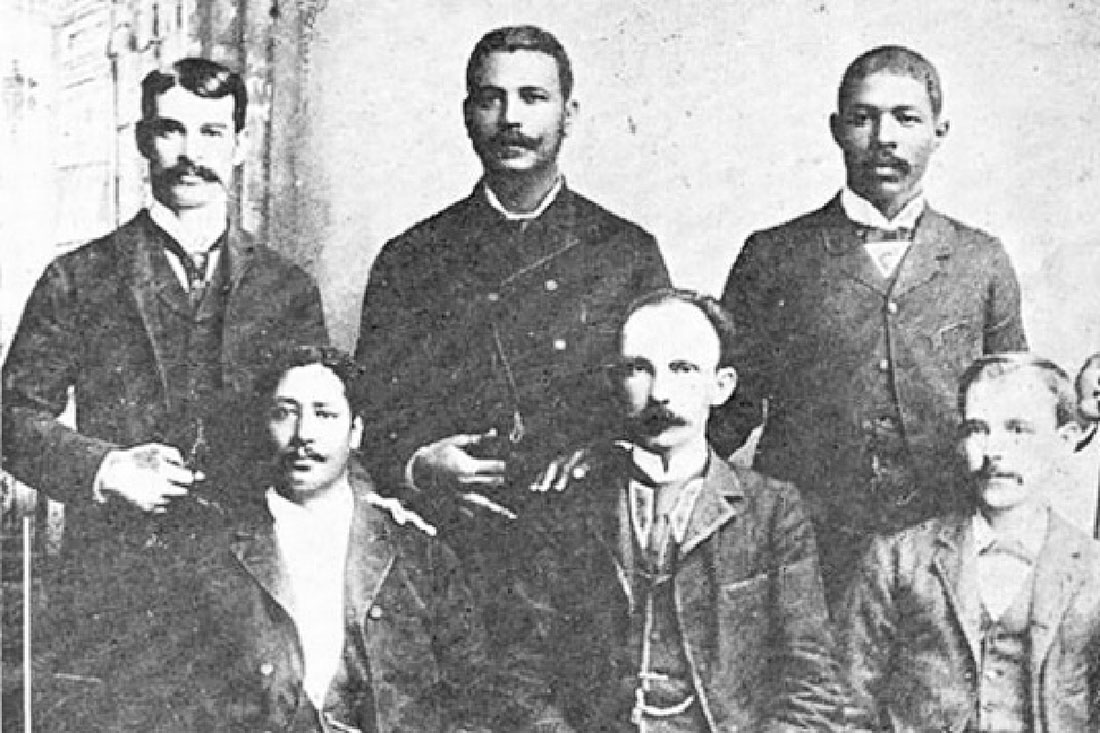
Marti’s emissaries from the PRC arrived in Camagüey, as in other Cuban regions, to talk, analyze and coordinate the preparations for the future war, including Commander Gerardo Castellanos Lleonart, Porfirio
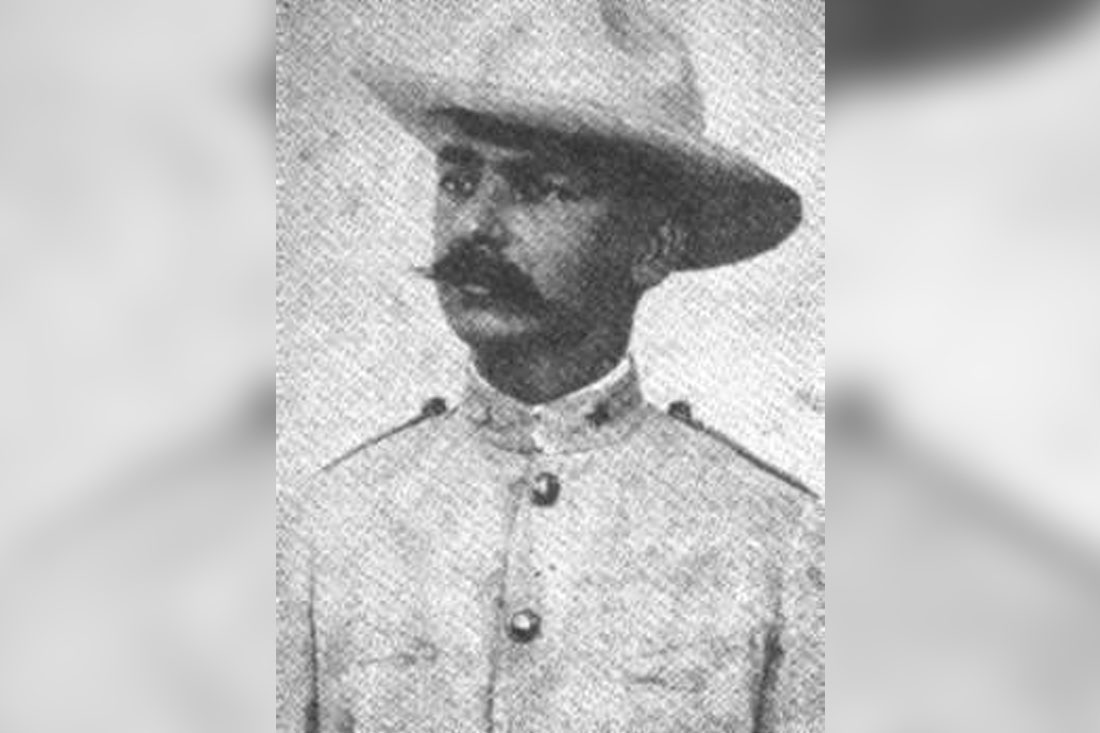
A few years ago I heard the name of Eugenio Molinet Amarós for the first time, through my uncle, Dr. Manuel Oliva Palomino, who did justice to him for his
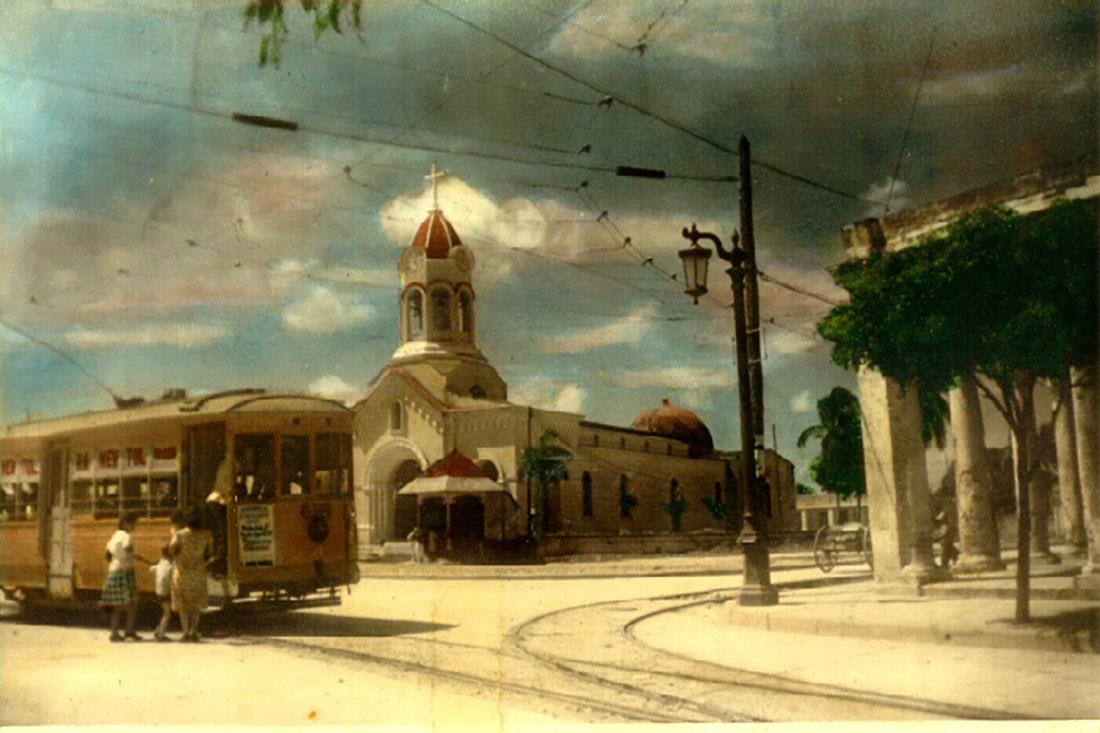
The tram in Camagüey has a fascinating history since the 19th century, first pulled by pack animals and later moved by electricity, it traveled through the main roads, squares and
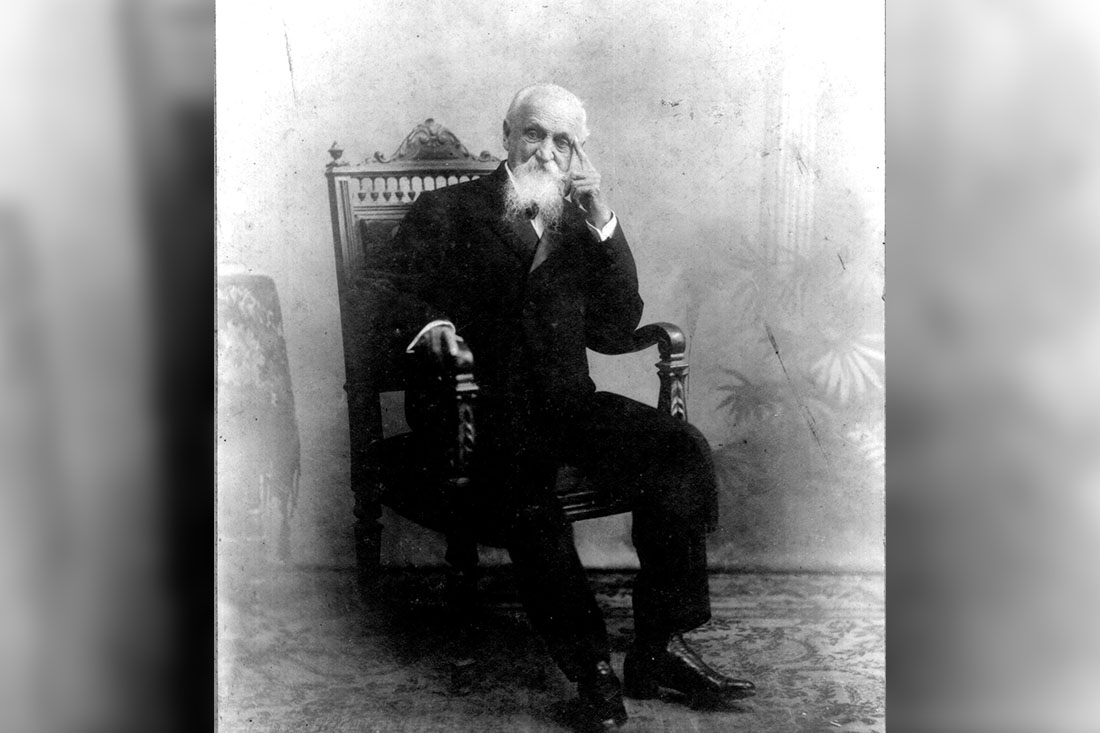
The Revolution of 1895 marked the paths of the future Cuban state, however, Marti’s project of a “Republic with all and for the good of all” was fractured by the
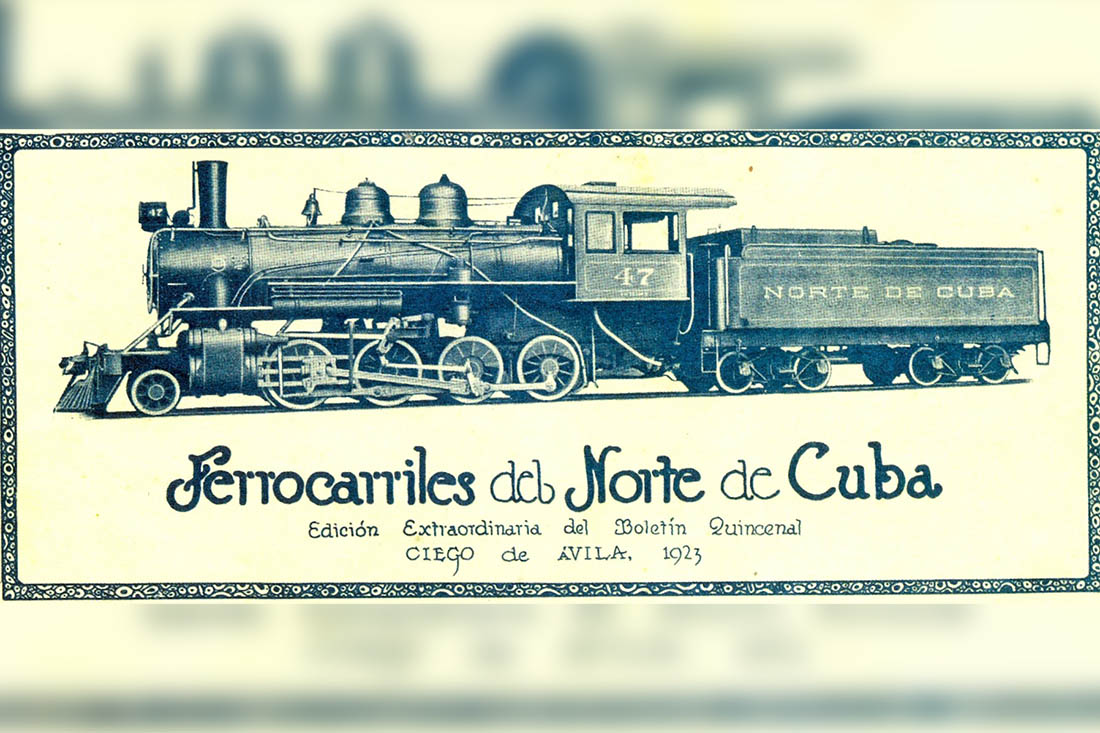
During the 19th century, the Nuevitas-Puerto Príncipe railway company was insufficient in the Camagüey region. Faced with such circumstances, new railway projects were needed, one of them would come to
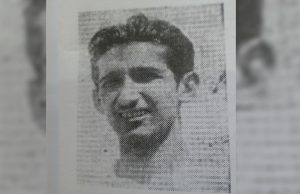
In the history of Cuba there are important moments that invite us to delve into events and figures not only national. The Revolution of 1930, defined by popular participation, various

If you want to discover the mysteries of a town, examine carefully the language of its buildings to discover data that sometimes books do not offer, and that are saved
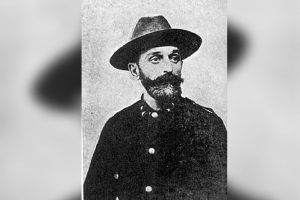
How many times do locals or tourists inquire to find out the origin of the name of a street, public space or building? How many people know why the artery
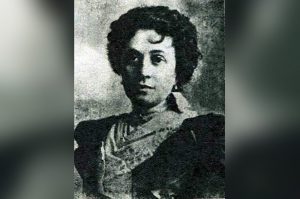
Carmen Zayas Bazán suffered criticisms from compatriots, friends and close collaborators of Martí, even from her own paternal and political family. Closer in time, researchers and historians demand an extemporaneous

Amalia Simoni is almost always associated with her husband Ignacio Agramonte, her merits as a mother, patriot and Cuban have been silenced between the modesty that characterized her and the
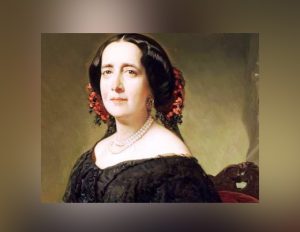
If you approach the biography of Tula or La Peregrina, pseudonyms by which Gertrudis Gómez de Avellaneda is known, you may be curious about that ground-breaking woman in her personal
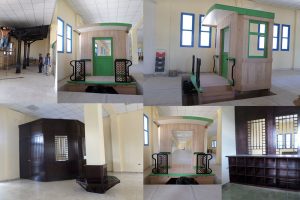
Museums since ancient times are important institutions in the cultures of peoples. Contemporary museology invites every May 18th since 1977, to rethink museums beyond those sacred places, warehouses of old
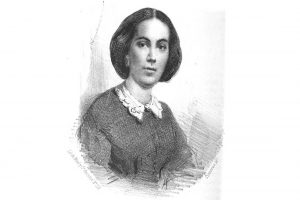
The poetic work of Brígida Agüero y Agüero, from Camaguey, a member of the Philharmonic Society’s literature section, constitutes an inevitable legacy in Cuban lyricism. If you hear that Camagüey

In the sacred town of Guáimaro, the newspaper El Mambí was born, on May 7th, 1869, under the auspices of the patriots Ignacio Mora de la Pera and Ana Betancourt
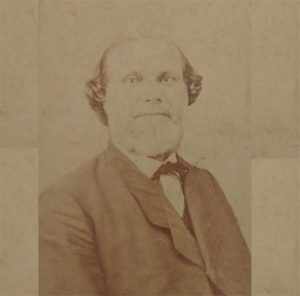
The ability of historians with their pens or words is to summon memory, save from anonymity those events that over time may fade away. Camagüey has had important names in

One of the contributions of historians is to become professionals of memory, in the livelihood of the peoples, in the poets and novelists of each historical period and in the

If you have not visited the Workers Square recently, I invite you to enjoy a suggestive photographic exhibition that adorns the site: Matria. It is not a surprise that Gabriel
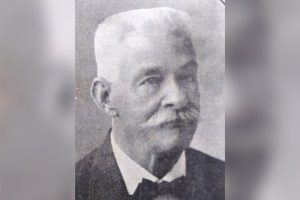
In Camagüey, the city of meandering streets and a labyrinth-shaped layout, there has been a dichotomy between the current names of its arteries and those that the City Council began
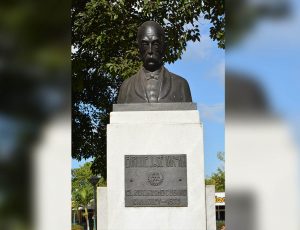
Teaching is fertilizing. I do not want sponge brains or granite brains before me; if not that they embed ideas and transform them. Enrique Jose Varona The first values of
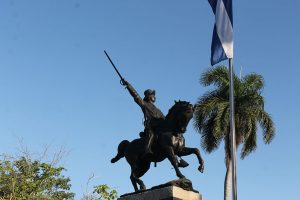
«[…] I beg you idolized Ignacio […] that you do not fight with such desperation […] because of Cuba’s interest you should be more prudent, expose less an arm and

“I want to be the eyes of Camagüey to see everything that is left over or missing; I want to be the ears of Camagüey to be always listening; the